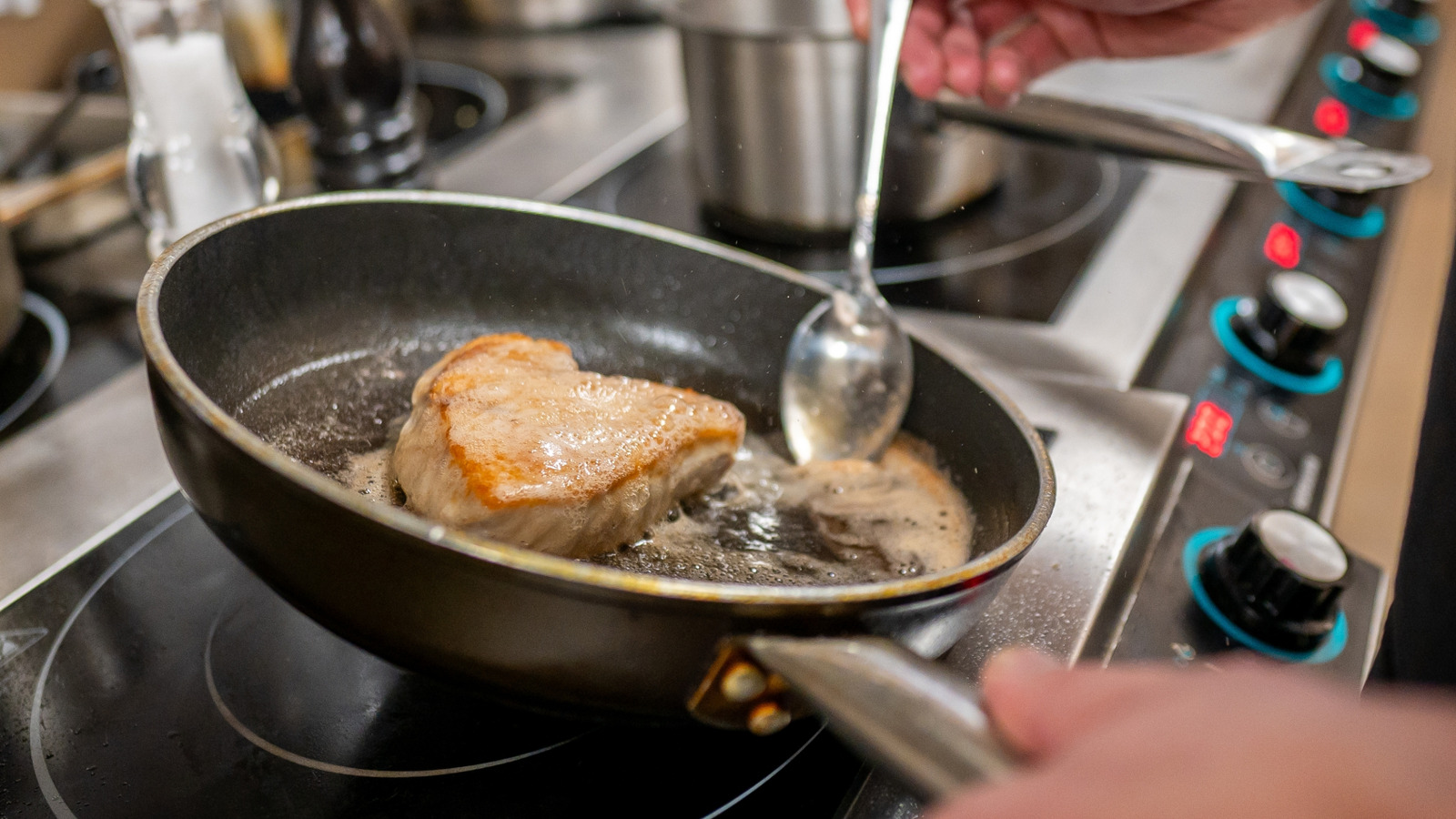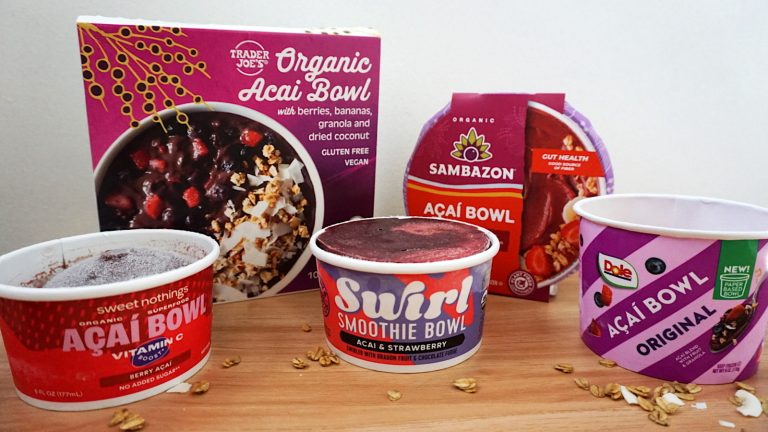Many a home cook has been there: Trying to butter baste steak like the chefs on TV, dropping in a pat of soft butter only to watch it instantly break, spitting fat and burning milk solids across the pan. The sauce separates, the crust goes dull, and the steak is swimming in bitter grease instead of plating up with a balanced, aromatic sheen. Butter-basting steak is a tried and true method in restaurant kitchens for a reason: Nothing else delivers quite the same full-bodied aroma and show-stopping sear. But as simple as it looks, it requires more precision than just tilting the pan, swirling fat over meat, and hoping for the best.
If you want to serve steak with that perfect, lacquered exterior and deep, layered flavor at home, the details matter if you want to avoid common mistakes. According to Douglas Keane, chef and partner at Cyrus Restaurant in California’s wine country, the secret is actually very practical and within reach, “Cold butter works best because it won’t separate too fast and, with some finesse, you can keep the frothy loose emulsion of butter and oil going for a while, which will finish your steak perfectly,” Keane explains. In other words, it’s not just about adding butter, it’s about starting cold. That one variable transforms the whole process, making the difference between a pan sauce that splits and scorches, and one that delivers all the gloss and depth of flavor you expect from a steakhouse.
The science behind butter basting
Butter is an uneasy truce, a sensitive emulsion of water, fat, and milk solids, each wanting to go their separate ways as soon as things start heating up. When the pan gets hot, the water starts to escape as steam, the sugary milk solids sink, sticking and browning on the bottom of the pan, and the structure holding everything together falls apart. This is why room temperature butter collapses on contact before you even have time to start basting — turning your hopeful pan sauce into something you’d rather pour down the drain in defeat.
Cold butter, on the other hand, melts in slow motion, clinging together and holding its structure, giving you a few precious moments to coax out that golden foam, when butter bastes and flavors the meat, bathing it in rich, nutty heat before anything has a chance to scorch. This is the sweet spot and is why French cooks have always finished the pan with a knob of cold butter, a technique they call monter au beurre, or to mount with butter.
Technique is tinkering
Chef Keane’s approach is a window into the truth that much of what happens in professional kitchens isn’t about gadgets or expert-level skills but the subtle and interlocking details a cook keeps in mind while everything is literally on fire. Cold butter isn’t a secret or a finely honed skill like mincing chives, nor is it something you master through practice alone. It’s a conscious variable, a small hypothesis tested every time you cook. Each meal is another data point, every adjustment a new experiment.
The kitchen is a laboratory where science is always at work, sometimes visible, often not. We’re governed by physical laws that nobody invented but that everyone has to contend with. When you set cold butter in a hot pan, the first law of thermodynamics springs into action: energy isn’t created or destroyed, just passed from the burner to the pan to the butter, forcing it to change state from solid to liquid to golden and nutty. The second law shows up at the same time as the neat emulsion of water, fat, and milk solids begins to unravel: water steams off, milk solids separate and brown, and what was once orderly quickly drifts toward delicious disorder. Push it too far with heat or soft butter, and the whole thing collapses into greasy, burnt-bit chaos.







